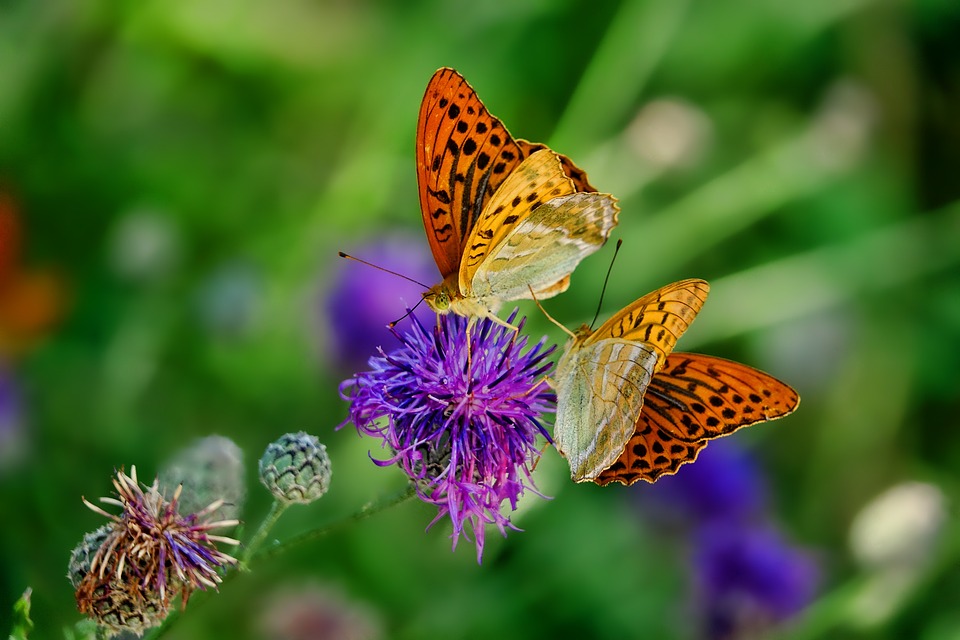#DIYLove – Flowers and Pollinators
“Flowers and pollinators you can spot now  “
“
via World Wildlife Fund Canada.
“…April showers bring May flowers, but the first spring ephemerals have already been popping up. Spring ephemerals are flowers that appear for only a short time in early spring and for their pollination, they often depend on the insects that, like them, get an early start to the season. To increase their success at attracting suitable pollinators, these plants have evolved flower shapes, colours and positions that accommodate insect behaviour…
Virginia bluebells (Mertensia virginica) are a welcome source of nectar for early spring insects; the bell-shaped, almost-tubular flowers are pollinated by long-tongued bees as well as pollinators with long proboscises (tube-shaped mouthparts) such as butterflies, syrphid flies (also called hover flies or flower flies) and hummingbird moths¹.
Virginia bluebells (Mertensia virginica) © Michael Lee
Prairie smoke (Geum triflorum) is a particular favourite with over-wintering bumble bee queens, which rely heavily on the nectar found in the tightly closed pink, drooping bell-shaped buds. It’s a tight squeeze, but bumble bees find their way into the flower and “buzz pollinate” (collect and shed pollen by vibrating, thus pollinating the plant).
From these examples, we can see that spring ephemerals are important sources of nectar and pollen for insects in the spring, but they aren’t the only ones. Native shrubs including serviceberry (species in the genus Amelanchier), spicebush (Lindera benzoin), chokecherry (Prunus virginiana) and red osier dogwood (Cornus sericea) are also notable contributors.”
To read the full article, click here.




